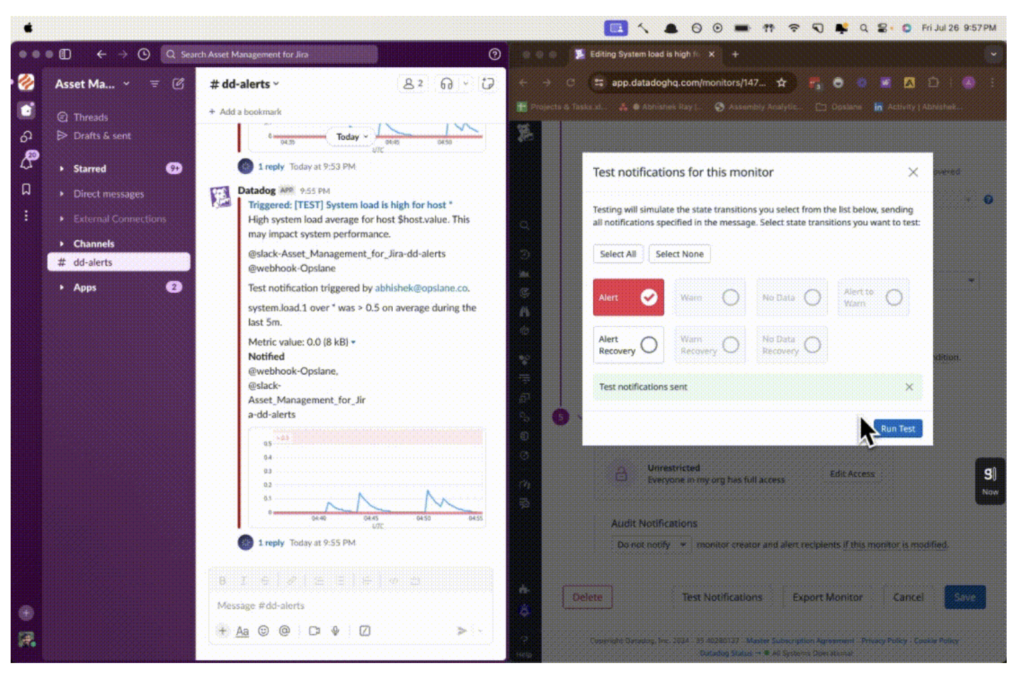The infamous middle-of-the-night unactionable alert is a common stressor for on-call engineers, adding to their already demanding workload. Despite advancements in technology, it remains challenging to identify when something has gone wrong, how it has impacted users, and how to resolve it quickly. Simply looking at an alert in isolation makes it hard to grasp the full extent of its impact on both customers and the company. The constant need to switch between different tools while debugging can be frustrating and unproductive.
Introducing Opslane: an open-source tool designed to help teams combat alert fatigue, streamline incident response, and boost team morale. By distinguishing between actionable and noisy alerts and providing contextual information for handling them, Opslane aims to reduce alert fatigue. Users can view their Datadog alert history by adding the Opslane bot to their Slack channel. Opslane’s flexible data model allows for seamless integration with various tools, with Datadog support currently available. Opslane can provide insights on alert frequency, resolution time, importance, and past handling, categorizing alerts as either actionable or noisy based on this data.
Architecture
Opslane’s modular design enables efficient alert processing and seamless integration with other products:
Ingestion of Alerts: Datadog notifies the FastAPI server of new alerts via webhooks.
The FastAPI Server processes incoming alerts and interacts with Slack for data flow management.
Integration with Slack: Includes a graphical user interface for alert management and interaction.
Database: Stores alert data and embeddings in Postgres using pgvector.
Key Features
- Opslane utilizes LLMs to categorize alerts as actionable or noise, analyzing alert history and relevant Slack conversations to determine the appropriate response.
- Integration with Slack allows alerts to be sent to team channels, providing insights and additional troubleshooting tools for actionable alerts.
- Analytics: Opslane gathers information on notification reliability in Slack channels and generates weekly reports. Leveraging Slack’s pattern recognition allows users to filter out unnecessary notifications.
- As an open-source tool, Opslane welcomes contributions from the community.
In Conclusion
Opslane effectively reduces alert fatigue, saving organizations significant costs associated with lost productivity and downtime for on-call engineers. By enhancing alerts with critical business, customer, and revenue implications, Opslane enables teams to swiftly identify and address the most urgent issues.


